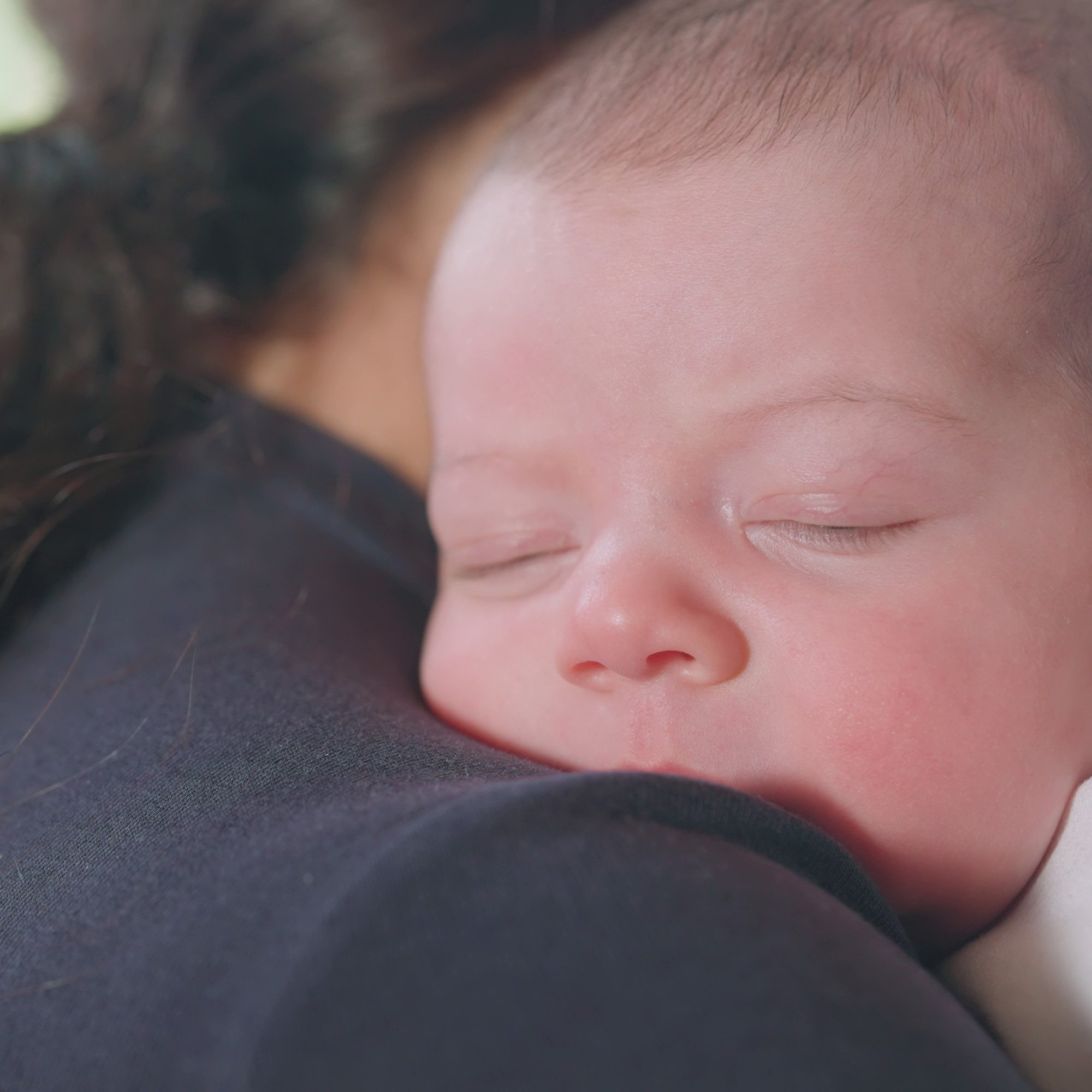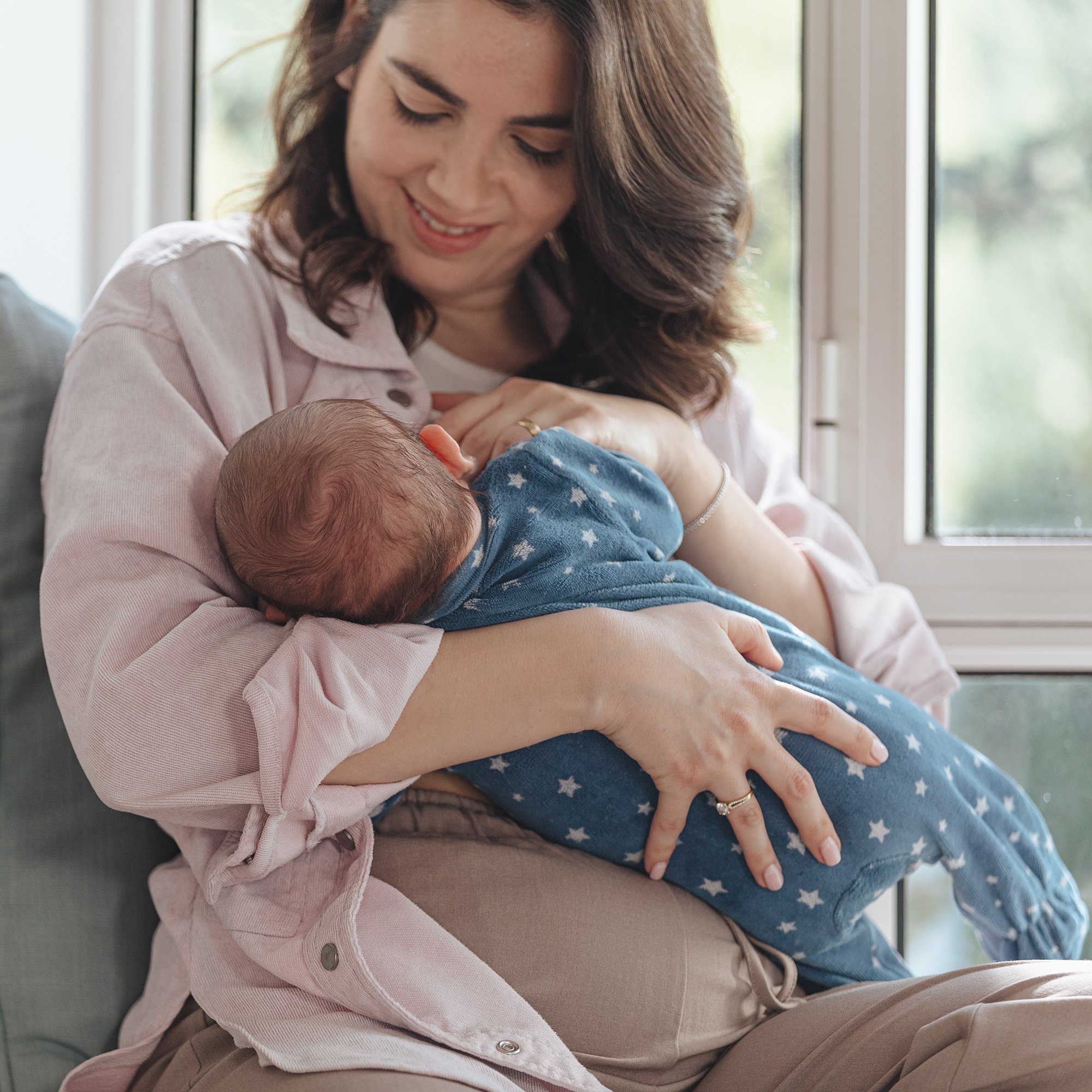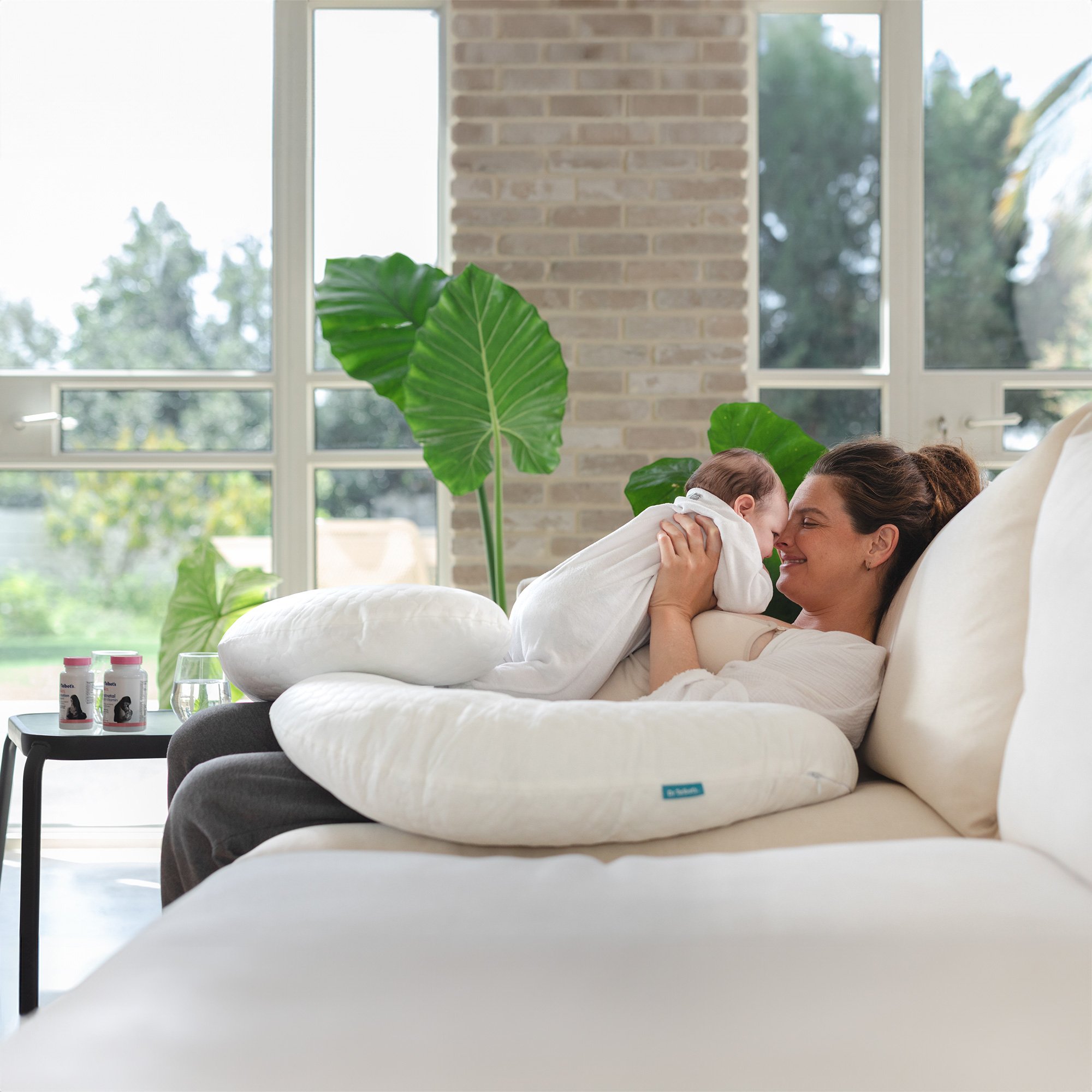3-Weeks-Old Baby Feeding Guide
At 3 weeks old, your baby is still getting used to their new life. And you’re probably still trying to establish a feeding routine.
Our 3-weeks-old baby feeding guide will help you with schedules and tips. It will also address common concerns that you may encounter at this stage of development.
Understanding Feeding a 3-Weeks-Old Baby
Learn about the importance of feeds and the challenges you may meet along the way.

The Importance of 3-Week-Old Baby Feeds
The right 3-week-old baby feeding schedule helps your little one get the nutrition they need and gain weight.
Both breast milk and formula are packed with nutrients to help your baby’s development. Breast milk also contains antibodies to protect your baby against disease.
You may enjoy the special time breastfeeding gives you with your baby. If you opt for bottle feeding, it will give you a chance to hand some feeds over to your partner so you can take a break.
Both options have their own benefits and help your baby to thrive.
Common Feeding Challenges for a 3-Weeks-Old Baby
It’s common to come up against challenges when you’re feeding a 3-week-old baby.
Your baby may refuse to feed. This can be for many reasons — for example, if breast milk is flowing slowly. In this case, gently massage your breasts to encourage flow.
Or they may feel uncomfortable, so try experimenting with positions to see which one works best.
Maybe your baby is feeding constantly, possibly because of a growth spurt. To help you manage, ensure you have drinks and snacks in hand before a feeding session.
Or if your baby is sleepy at feeding time, try waking them and encouraging them to feed.
3-Week-Old Baby Feeding Schedule
We explain how much to feed a 3-week-old baby and how often in this section.
Typical Feeding Schedule for a 3-Weeks-Old Baby
According to the CDC, in the first few weeks of life, a baby will feed every 2 to 4 hours. This works out as offering your baby feeds between 8 and 12 times in a 24-hour period.
A breastfed baby requires 2 ounces (around 57 ml) to 3 ounces (around 85 ml) of milk every 2 to 3 hours.
If you’re formula feeding your baby, offer 2 to 3 ounces every 3 to 4 hours.
Signs that your baby is hungry include:
- Opening and closing their mouth.
- Turning their head to look for the breast or bottle.
- Sucking their fingers.
Adjusting Feeding Schedules Based on Baby's Needs
If you find that your 3-week-old baby is constantly feeding, you could give them a bottle for one or more feeds. This allows you to hand it over to your partner and rest.
If your baby is not feeding at all, speak to your pediatrician urgently. They will examine your baby, check for physical issues that may be affecting their feeding, and come up with a treatment plan.
Some 3-week-old babies feed constantly through the night. If so, create a feeding area that’s comfortable for you. Try to rest when the baby does if possible. You can also try giving your baby a later feed so they sleep for a longer period at night.
Breastfeeding and Bottle Feeding Tips
Whether you’re breastfeeding or bottle feeding, our tips will help you with your routine.

Tips for Successful Breastfeeding
A comfortable position is key. Here’s what to do:
- Sit with your back supported by a pregnancy or nursing pillow.
- Support your baby’s back with your arm and ensure their head is turned towards the breast.
- Hold them close to your nipple to aid latching on.
Help your baby latch on by:
- Aligning their nose with your nipple.
- Tipping their head back slowly.
- Guiding their mouth towards your nipple.
To help your baby get enough milk, you can:
- Feed them whenever they show signs of hunger.
- Express breast milk after feeding to stimulate your supply.
- Feed them from both breasts alternately.
Bottle Feeding Guidelines for a 3-Weeks-Old Baby
When you’re choosing a formula for your 3-weeks-old baby, you can decide between:
- Cow’s milk formula — this type makes up most formulas.
- Hydrolyzed formula, which has smaller proteins for easier digestion.
- Soy formula — this option is free from animal products.
You can also opt for one of these choices:
- Powdered formula, which requires mixing with water.
- Concentrated liquid formula. This also needs dilution with water.
- Ready-to-use formula.
When you’re choosing a bottle, look for one that:
- Has a nipple with a slow flow rate.
- Has an anti-colic valve that reduces the amount of air your baby swallows.
Here’s how to bottle feed your baby:
- Sit comfortably with your back supported.
- Hold your baby in a semi-upright position.
- Introduce the nipple to your baby’s mouth. They should instinctively open their mouth, allowing you to gently insert the nipple inside.
- Ensure the bottle stays horizontal while your baby feeds.
Tools and Logs for Tracking Feeding
Tracking your baby’s feeding can help you manage their schedule.
Maintaining a Feeding Log
Tracking feeding means you can understand how much milk your baby is taking and helps you establish a routine.
Create your own log by recording the times of feeds and amount of milk taken (for bottle feeding) or time spent feeding (for breastfeeding) in a notebook.
You could also download a feeding tracking app on your phone.

Tools to Help with Feeding
To help you with feeding your baby, look for:
- Anti-colic bottles to reduce air swallowing.
- A formula targeted for 3-weeks-old babies.
- A breast pump to stimulate your supply and enable you to store milk.
- Breast pads and nipple cream to reduce soreness.
- A breastfeeding pillow to support you while you feed.
- MilkFresh, a sensor that tracks the freshness of stored breast milk.
Doing Your Best for Your Little One
Knowing how much to feed your 3-week-old baby and getting into a good routine is essential for their development.
By following our 3-weeks-old baby feeding guide, you can feel confident that you are doing your best for your little one.